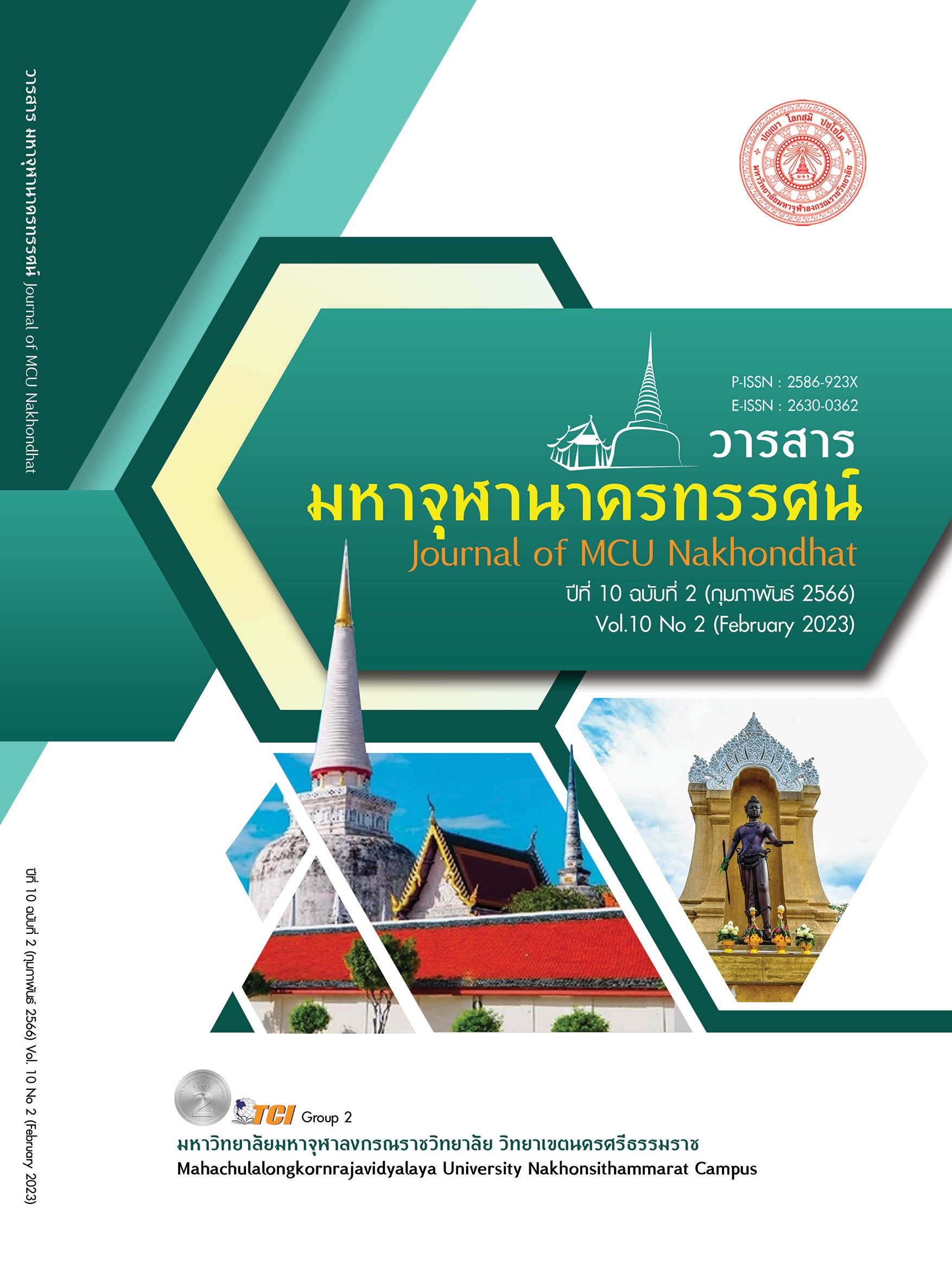THE DEVELOPMENT OF COMPETENCY PERIOPERATIVE NURSES IN CRANIOTOMY PATIENTS IN SAWANPRACHARAK HOSPITAL
Main Article Content
Abstract
The purposes of this research was to: 1) develop a model for preparing the competency of perioperative nurses in sawanpracharak hospital and 2) evaluate the results of the model for preparing the competency of perioperative nurses. Using research and development model The study sample was selected by purposive sampling consisting of 1) 30 professional nurses working in the operating room 2) multidisciplinary team, consisting of 30 neurosurgeons, anesthesiologists and nurse anesthetist 3) craniotomy patients divided into groups before model development 33 people after model development 33 people. The research instrument used were 1) a focus group discussion, 2) competency preparation model for perioperative nurses, 3) nursing knowledge assessment form, 4) nursing skills assessment form, 5) relative satisfaction questionnaire, and 6) preliminary adverse events record form During and after craniotomy. Qualitative data were analyzed by content analysis and summarize. Quantitative data were analyzed by using frequency distribution, percentage, mean, standard deviation and t-test. Research results, the competency preparation model for perioperative nurses consists of 5 components: 1) Preparing patients for craniotomy patients, 2) coach nursing structure, 3) Nursing competency in craniotomy, 4) guidelines and manuals, and 5) participation of the multidisciplinary team in the operating room. After using the model, it was found that, there were no undesirable incidences were found in the previous period during and after surgery of craniotomy patient in the operating room, Professional nurses in the operating room have knowledge and competency after using the model were higher than before using the model statistically significant at the .01 level and The multidisciplinary team was satisfied with using the model at the highest level.
Article Details

This work is licensed under a Creative Commons Attribution-NonCommercial-NoDerivatives 4.0 International License.
References
กิจมงคล ทาคทา และคณะ. (2565). ปัจจัยทำนายผลลัพธ์คุณภาพบริการพยาบาลผู้ป่วยผ่าตัดตามการรับรู้ของพยาบาลวิชาชีพห้องผ่าตัด ในโรงพยาบาลระดับตติยภูมิ เขตสุขภาพที่ 7 ประเทศไทย. วารสารวิจัยและพัฒนาระบบสุขภาพ, 5(2), 173-186.
จุฬารัตน์ ห้าวหาญ และคณะ. (2558). การวิจัยและพัฒนารูปแบบการโค้ชเพื่อพัฒนาความสามารถในการปฏิบัติงานด้านการบริการสุขภาพ. วารสารพยาบาลกระทรวงสาธารณสุข, 25(1), 167-177.
โรงพยาบาลสวรรค์ประชารักษ์. (2564). สถิติผู้ป่วยผู้ป่วยมารับบริการผ่าตัดสมอง. นครสวรรค์: โรงพยาบาลสวรรค์ประชารักษ์.
วิไลพร พุทธรักษา และคณะ. (2560). ปัจจัยที่มีความสัมพันธ์กับสมรรถนะพยาบาลห้องผ่าตัดโรงพยาบาลศูนย์ ภาคตะวันออก. วารสารมหาวิทยาลัยคริสเตียน, 23(4), 577-588.
สถาบันรับรองคุณภาพสถานพยาบาล. (2565). มาตรฐานโรงพยาบาลและบริการสุขภาพ ฉบับที่5. กรุงเทพมหานคร: ดีวัน จำกัด.
สมาคมห้องผ่าตัดแห่งประเทศไทย. (2554). สมรรถนะพยาบาลห้องผ่าตัด: Perioperative nurse Competencies. กรุงเทพมหานคร: กรุงเทพเวชสาร.
สำนักโรคไม่ติดต่อ กรมควบคุมโรค กระทรวงสาธารณสุข. (2561). รายงานประจำปีสำนักโรคไม่ติดต่อปี 2560. กรุงเทพมหานคร: สำนักพิมพ์อักษรกราฟฟิคแอนด์ ดีไซน์.
สุภิดา สุวรรณพันธ์ และคณะ. (2564). สมรรถนะพยาบาลห้องผ่าตัดและปฏิบัติบริการพยาบาลที่คำนึงถึงความปลอดภัยของผู้ป่วยตามการรับรู้ของพยาบาล โรงพยาบาลร้อยเอ็ด. วารสารการพยาบาลและการดูแลสุขภาพ, 38(3), 51-60.
Alfredsdottir H. & Bjornsdottir, K. (2008). Nursing and patient safety in the operating room. Journal of Advanced Nursing, 61(1), 29-37.
Crabtree, B. F. & Miller, W. L. (1992). Doing Qualitative Research. London: SAGE Publications.
Riley, R., et al. (2006). Governing the Surgical Count Through Communication Interactions: Implications for Patient Safety. Quality & Safety in Health Care, 15(5), 369-374.
Whitmore, J. (2009). Coaching for Performance: Growing Human Potential and Purpose-The Principles and Practice of Coaching and Leadership (4th ed.). London: NicholasBrealey Publishing.


